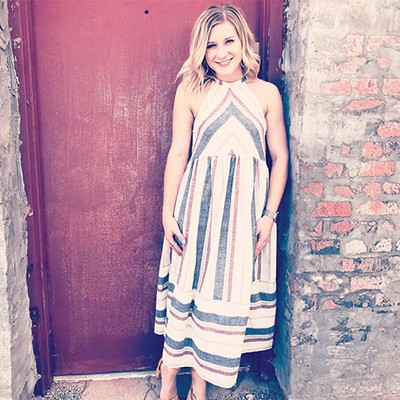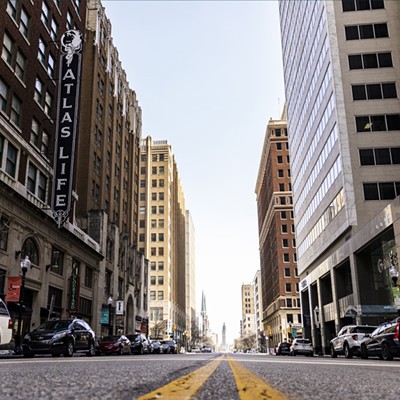Don Harris often can be found climbing on all fours over boulders at Tulsa’s RiverWalk along the Arkansas River. He looks for simple, natural ways to push his body in a quest to shed pounds and stay fit without having to drop money on a gym membership. Instead, he’s using techniques he learned from MovNat, a workout regimen and lifestyle philosophy that attempts to retrain the body to move as it did before elliptical machines or shoes.
“You don’t lift a lot of heavy objects in a repetitive motion like traditional exercise, but it is a combination of many things,” he said. “Running, jumping, crawling on all fours, bear walk, crab walk, swimming. You do things in conjunction, as you would if you were walking through nature.”
Harris was first introduced to MovNat at a workshop in West Virginia four years ago and then another in Mexico a two years later, where a primitive lifestyle is coupled with a “Paleo diet” comprised of lots of protein and fresh fruits and vegetables, just as our ancestors would have eaten.
MovNat is relatively young compared to other exercise regimens — it was founded in 2008 by Frenchman Erwan Le Corre — but its philosophy is anything but. It espouses shaking off the confines of sedentary, indoor life (what it calls the “human zoo syndrome”) and getting back to nature. Literally.
According to MovNat, the workout aims to reawaken modern humans’ Paleo nature by lifting, climbing, carrying and throwing all manner of found-outside objects (think massive logs and rocks), ideally while barefoot.
Since being introduced to MovNat, Harris works out on his own three times a week, and has dropped 25 pounds. He also has eased persistent body pain that has plagued him for years.
“I have had a lot of intense back pain ever since I was a teenager, and I didn’t like to exercise because it just hurt my body to move,” he said. “I was experiencing a lot of pain in my body, especially my back, due to, mainly, my job as a professional photographer.”
To cope, Harris started with a more basic step, shrugging away supportive shoes and going barefoot. Sort of.
“I found a website about natural running,” he said. “One of the things they recommended was to get shoes that were very minimalist and allow your feet to move since they don’t have a rigid sole. They were basically black swimmer’s shoes with no arch supports. After I started wearing them, the pain in my back reduced by about 50 percent in a very short amount of time.”
According to Craig Thompson, manager of OK Runner, 3209 S. Broadway in Edmond, the barefoot support shoes run between $80 and $125, and are a good way to build muscles that aren’t worked out in highly supportive running shoes, which limit movement.
“The shoes are primarily meant to protect the foot of someone running barefoot on the road, the trail or the grass to prevent bruising and protect from glass or stickers,” he said. “The other purpose is to use the product like a tool in the toolbox, to help strengthen your feet because they have to absorb more energy and do more work. Runners will sometimes use them while training to get stronger.”
Thompson added just
about anyone can wear them, but that people with flat feet or extremely
high arches will be at a greater risk of injury, especially if the
barefoot support shoes are worn as primary footwear.
Harris
wears the shoes while working out and on long photography shoots. He
said the shoes and MovNat gave him a chance to become more comfortable
with how his body moves, and eased the pain that had made exercise such a
loathsome burden.
“It
teaches you to do these things very precisely to maximize your power
and muscle,” Harris said. “It isn’t about building huge muscles — rather
just using your muscles in a very efficient way.”
Efficient. Just like a caveman would do it.
Don Harris eschews the standard gym routine for an outdoor, all-natural workout.











